 Radio Amateurs in China are asking that the frequency 14.270 MHz be kept clear as an emergency frequency in the wake of the devastating earthquake there. Please remember that even if you cannot hear a station on the frequency, you might interfere with reception of transmissions by a station within range of both your signals and theirs.
Radio Amateurs in China are asking that the frequency 14.270 MHz be kept clear as an emergency frequency in the wake of the devastating earthquake there. Please remember that even if you cannot hear a station on the frequency, you might interfere with reception of transmissions by a station within range of both your signals and theirs.Michael Chen, BD5RV, reports that "a group of radio amateurs is now transmitting from Wenchuan, the center of quake. Its signal is reported to be very weak. They tried to keep communication with BY8AA in Chengdu, seeking for all resources needed.
According to Chinese Radio Sports Association, 7.050 and 7.060 MHz are preserved for amatuer radio emergency service in the rescue
Kindly pass on this information to fellow radio amateurs so that the said frequencies are kept free from traffic.

This map shows the location of the epicenter of the May 12 earthquake that rocked Sichuan, China. [Photo courtesy of USGS]
On Monday, May 12 at 0628 UTC, a magnitude 7.8 earthquake hit Sichuan, China. According to the Chinese Radio Sports Association, the Chinese IARU Member-Society, the following frequencies are reserved for emergency services involved in the rescue: 14.270, 7.050 and 7.060 MHz.
The CRSA Web site reports the following:
"On the afternoon of May 12, 2008, Wenchuan Area of China's Sichuan province was struck by an earthquake. Communications in some of the surrounding areas are currently cut off, and communications in some other areas are experiencing network congestion because of drastically increased traffic.
"Chinese Radio Sports Association therefore calls on its members to take actions to ensure their amateur radio stations to operate properly, and to the extent possible stand by on often used short-wave frequencies. If any radio signal is heard from the disaster area, please do your best to understand what is most needed by people in that area and report it to the local government authority. If people in the surrounding areas need to pass messages to their loved ones over the radio, please help them to get in touch and get the messages across as soon as possible.
"Amateur radio stations in the disaster area and surrounding areas if in working conditions should be used unconditionally to assist the local earthquake disaster relief authorities, and subject to permission by the said authorities, to provide communications services to them. For emergency communications purposes, amateur radio stations may also be used to pass messages for local residents on a temporary basis until local telecommunications services resume. Amateur radio stations of all regions should give way to and stand by for emergency communications."
Hams on the Ground
At 1757 UTC on Monday, May 12, Liu Hu, BG8AAS, of Chengdu, a town in the province of Sichuan, reported that a local UHF repeater survived the disaster. "It keeps functioning from the first minute and more than 200 local radio hams are now on that repeater. A group of hams from Chengdu has headed for Wenchuan, the center of the quake, trying to set up emergency communication services there," he said.
Michael Chen, BD5RV/4, said that Yue Shu, BA8AB, also from Chengdu, Sichuan, was reported to be active on the 40 meter emergency frequency on Monday. "Up to now, there has been no further information available from the center zone of the quake. There are a few radio amateurs there, but all of the communications have been cut out, including Amateur Radio," Chen said.
At 1858 UTC, Liu reported that the local UHF repeater in Chengdu "keeps busy running after the quake. It helps to direct social vehicles to transport the wounded from Dujiangyan, Beichuan and other regions. Another UHF repeater also started working in Mianyan, supported by generators, but they are going to face a shortage of gas." Chen said that damage in Chengdu remains in the lowest level, but the situation is "very very bad in the counties around. A few towns are said to be destroyed completely. More than 7000 died in the town of Beichuan. Casualties in several other towns are still unknown and not counted in the published numbers. It is a long and sad day."
Information provided by Michael Ye, BD4AAQ, and Michael Chen, BD5RV/4
The Hong Kong Amateur Radio Transmitting Society (HARTS) activated the ARES Emergency Communications System for communication and co-ordination of relief efforts together with the CRSA betweeen Beijing, Sichuan and Hong Kong.
A network of VR2 hams are standing by at 7.050 Mhz, 7.060 Mhz and 14.270 Mhz as required by CRSA and have been sucessful in relaying emergency flash traffic back and forth.
I have used the Ten Tec Paragon on 14.270MHz and the Yaesu FT-2000 on 7.050 & 7.060MHZ to monitor the flash traffic.









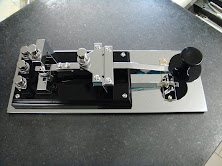
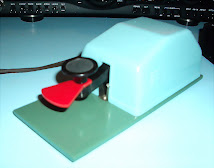



















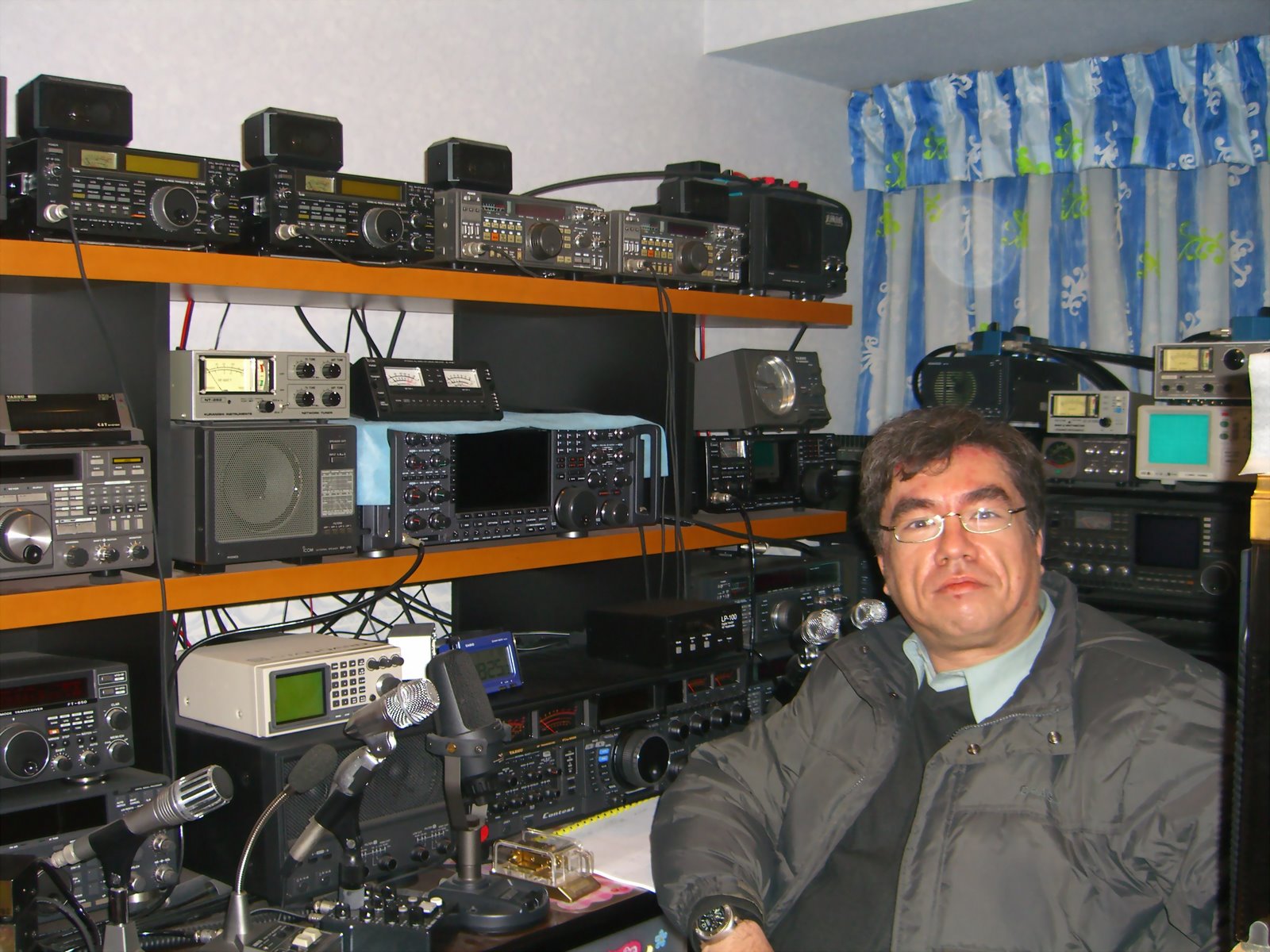





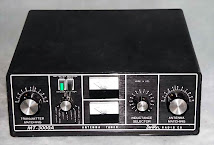
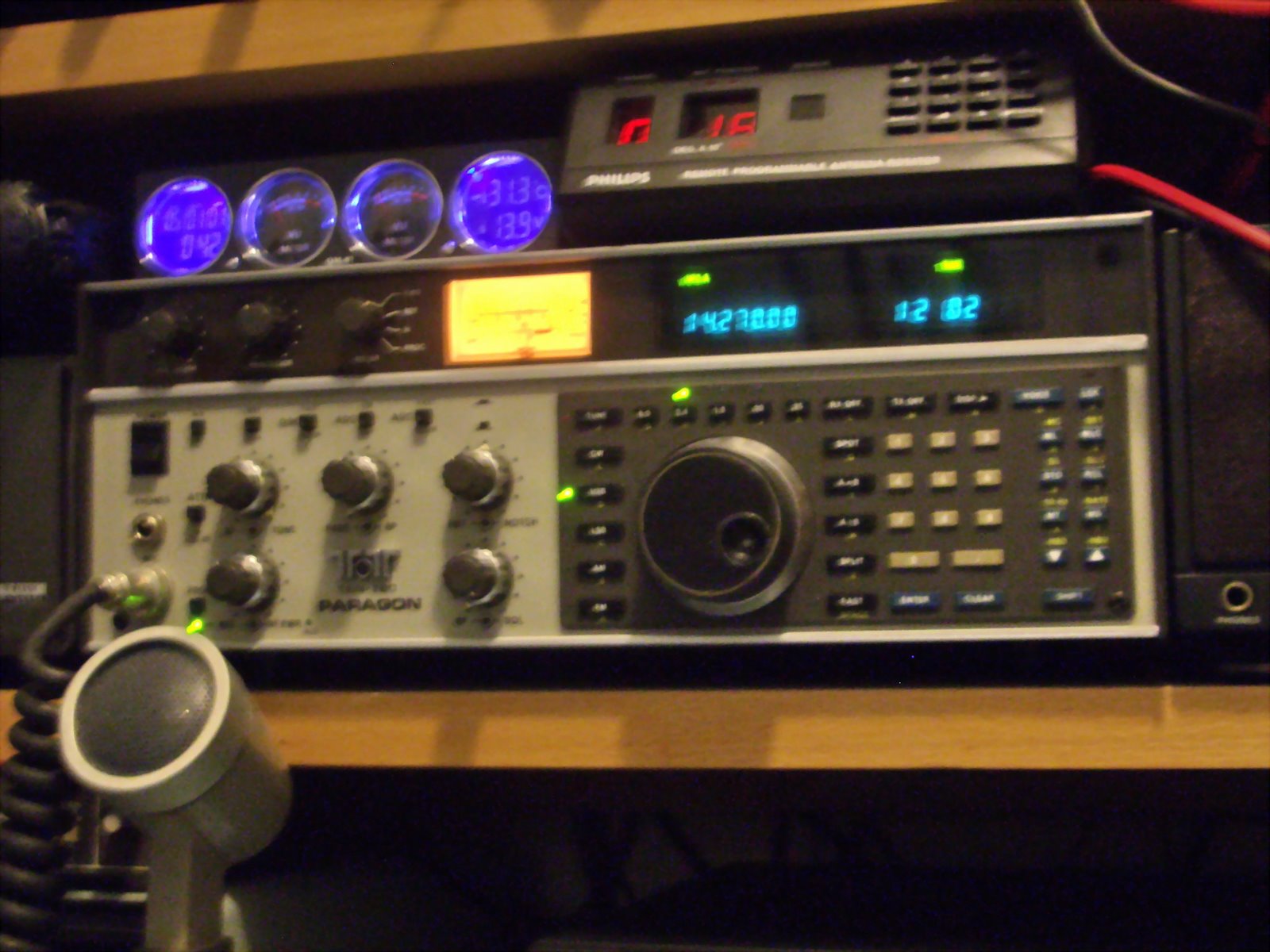
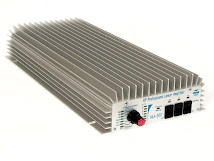
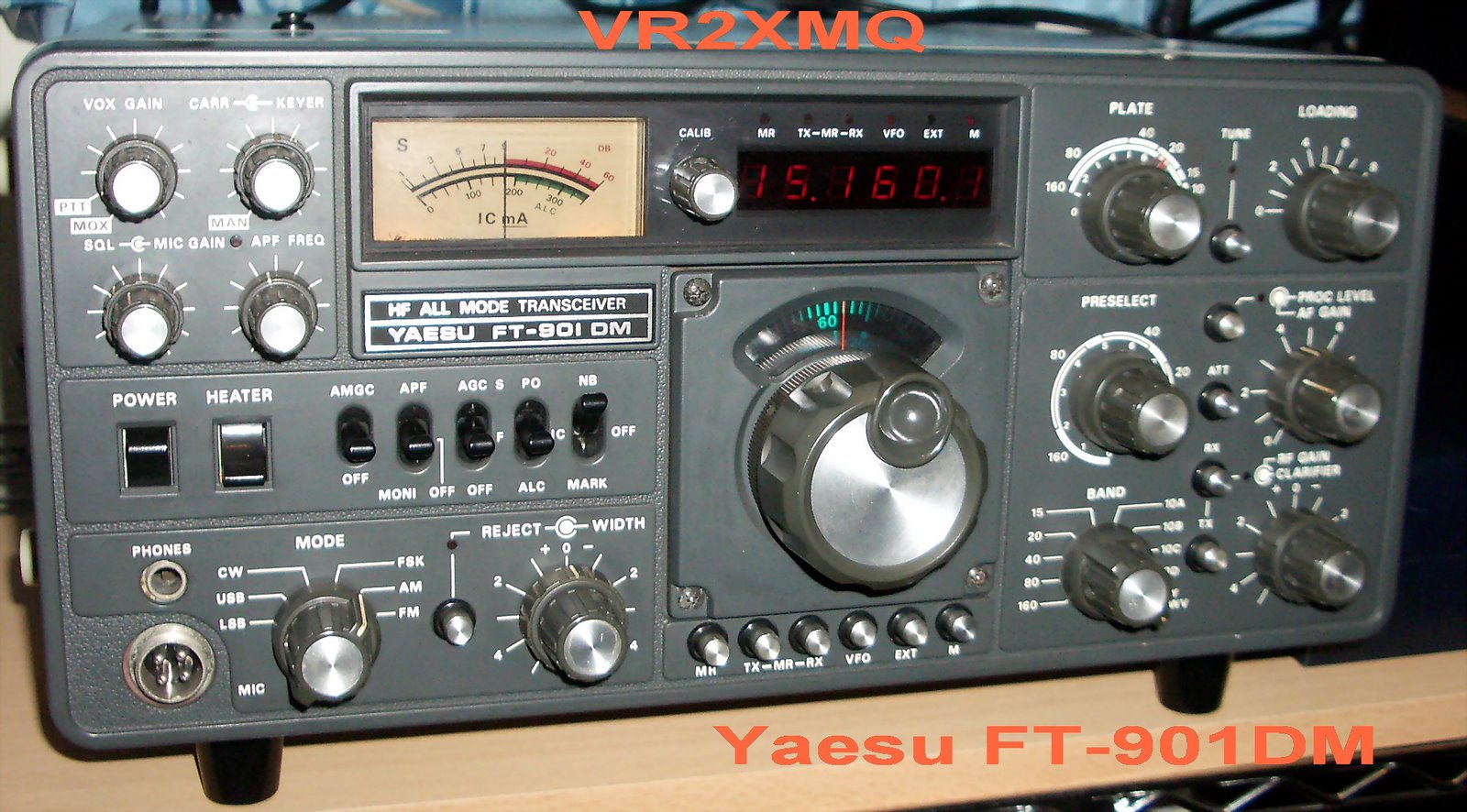








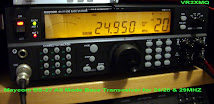




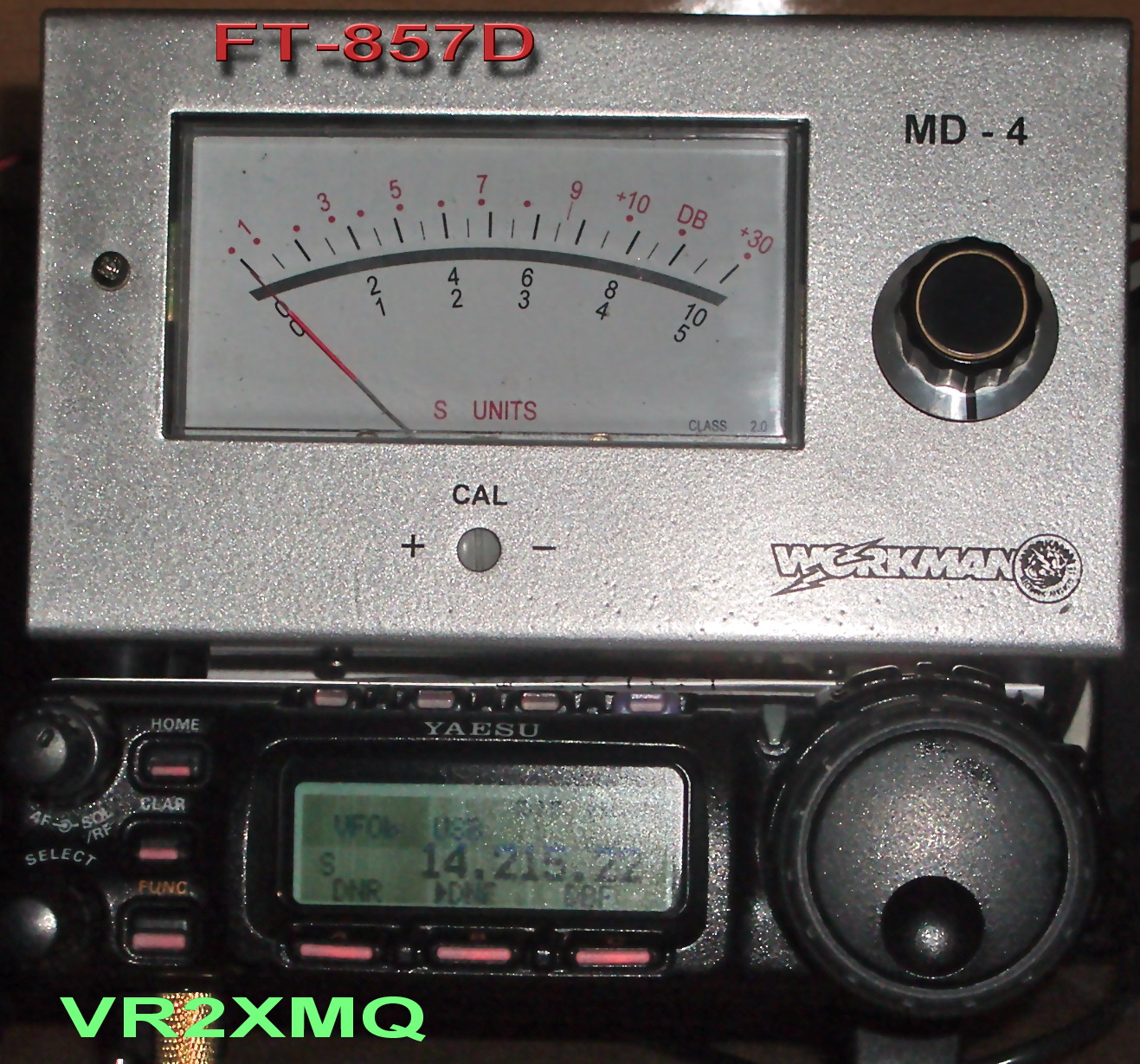





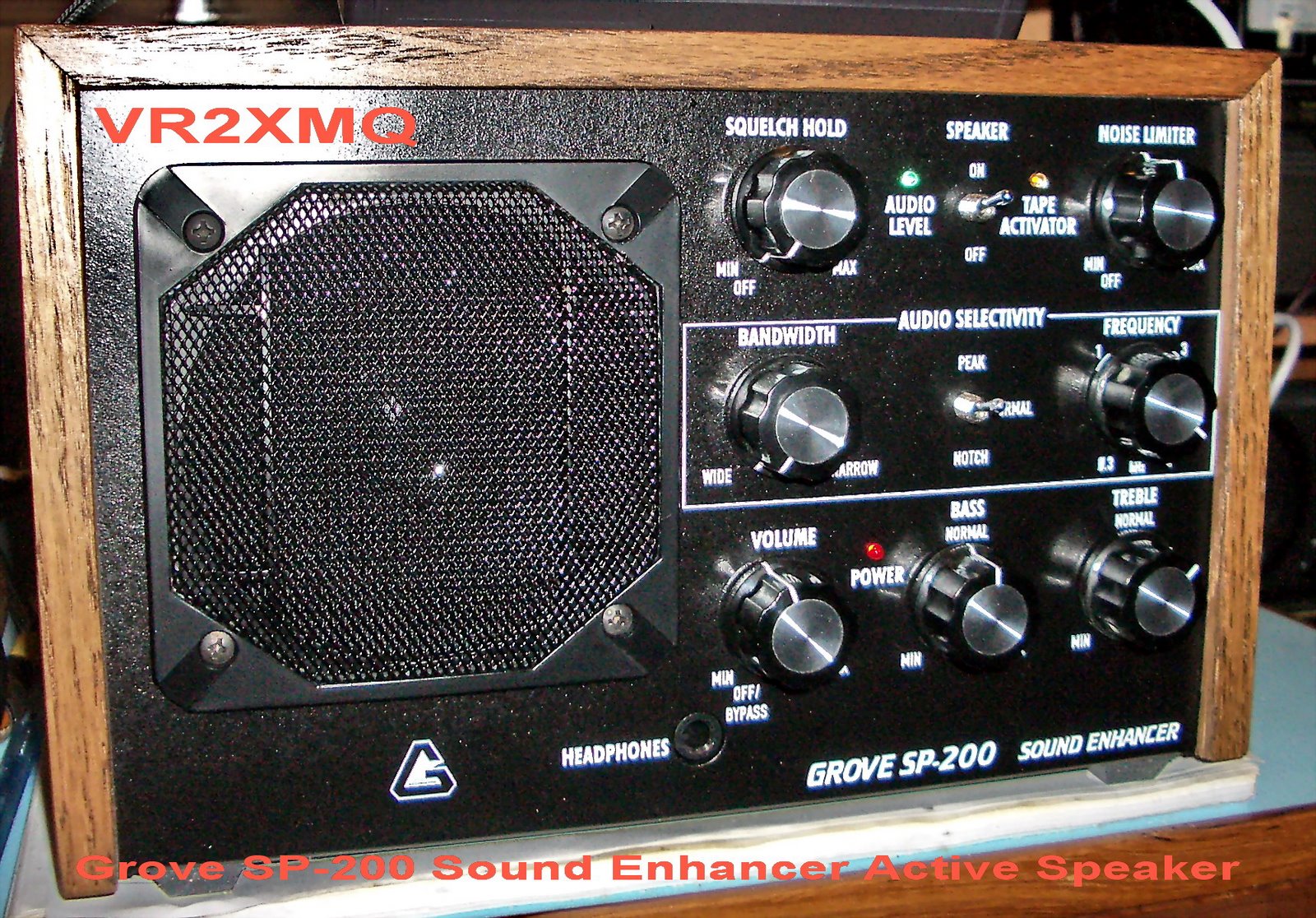



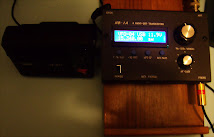



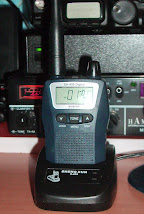
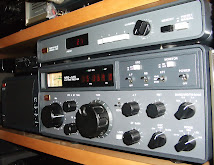





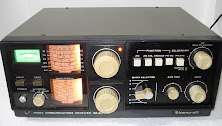






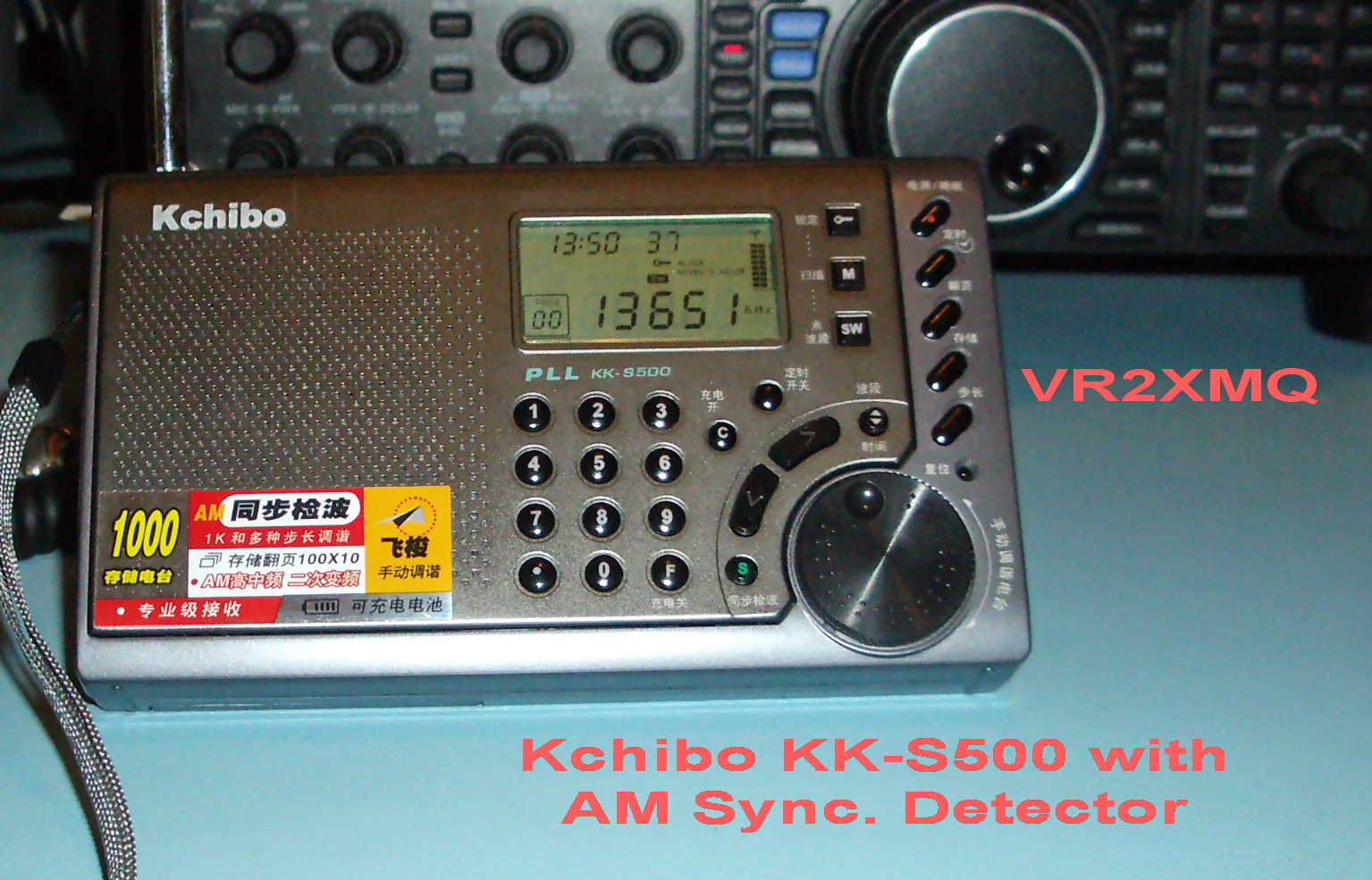




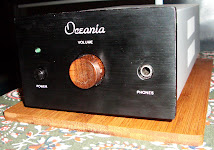
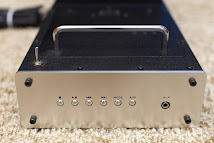

























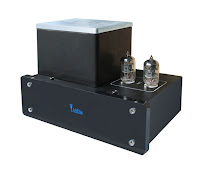

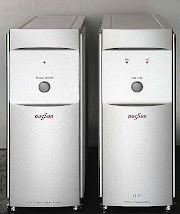



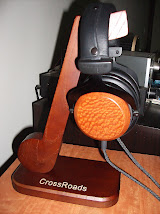






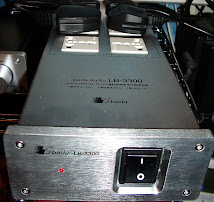













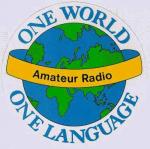












No comments:
Post a Comment